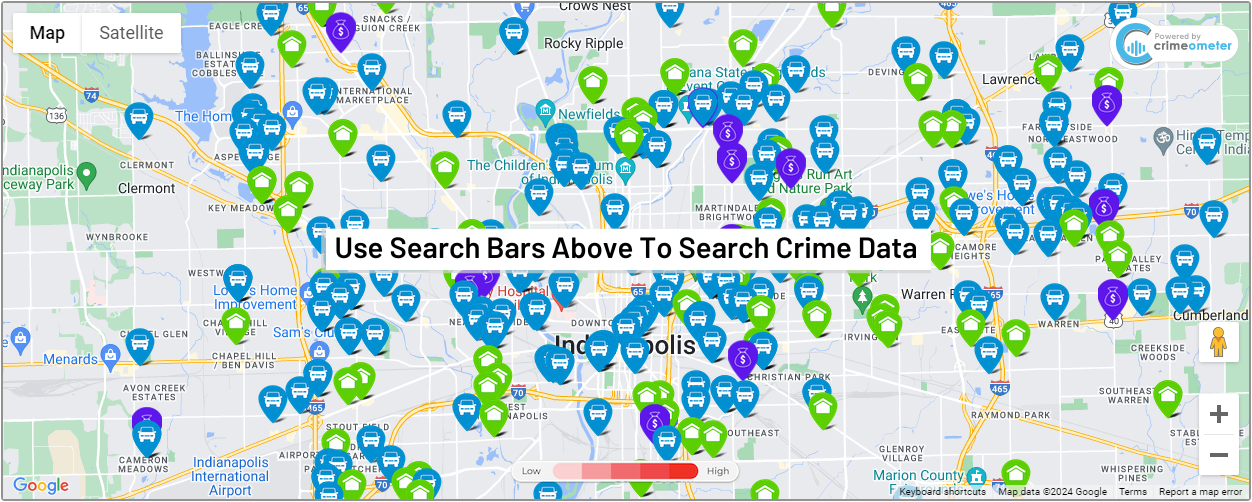Number of women using heroin on the rise
INDIANAPOLIS (WISH) – Heroin addiction is a problem with a changing face.
Once, it hit only small pockets of the population. But today, it’s so widespread, those hooked on heroin say no one can believe they’re addicted. From the grittiest urban neighborhoods, to the poshest parts of the suburbs, heroin is now a resident.
“Individuals, regardless of education level, regardless of income level, regardless of status in the community, it affects everybody,” says Tobyn Linton.
Linton is on the front lines of the fight against heroin and other addictions. He is the assistant director of adult services at Fairbanks Hospital, a place where drug addicts and alcoholics come for treatment.
“Celebrities, people of influence, people with money are using heroin, and they’re over dosing and are dying as a result of it,” says Linton.
A 2014 study that surveyed more than 9,000 opioid dependent patients in 150 drug treatment centers and was published in the “Journal of the American Medical Association: Psychiatry” found an explosion of heroin use in areas that were previously not interested in the drug. Fifty years ago the average first-time user was a 16-year-old African American male from the inner city. Today, the study found it’s more likely to be a 23-year-old white woman from the suburbs.
“In fact, we’ve actually seen our women’s inpatient population increase the entire physical year of last year and starting out the first six months of this fiscal year. It’s moving along in those patterns,” says Linton.
And the 2014 study found that 90 percent of people who started using heroin in the past decade are white. Some 75 percent are from non-urban areas.
“I finished my bachelor’s degree in 2013,” says Indianapolis-native Ben Gonzales, a 25-year-old North Central High School and Purdue grad. “I never really wanted for anything. I had everything that I needed. I definitely wasn’t going hungry, that’s for sure. I had every opportunity that I could have asked for.”
Gonzales says growing up, he was about sports and academics. Now, he’s a recovering heroin addict.
“When people ask me, ‘How did you start on that path?’ I tell them, ‘Well, remember the first party you went to when someone had beers or had shots there? I said yes, just like you.’ And the thing is, I didn’t stop saying yes,” he says.
Intravenous use was his preference.
“It’s like your whole entire body is wrapped in a warm blanket. And all your muscles tense up. And then it just releases slowly. And you get a huge rush through your body, too,” Gonzales remembers.
It was an overdose – one of many, he says – that finally got him to realize he couldn’t kick the habit on his own. He was at his parents’ house and only fast action by paramedics using Narcan kept him alive. He says he always thought he could kick the habit without help, but now he believes no one can. He describes detox as grueling.
“Pretty much every minute of the day, not only does your body feel like crap. But your brain, your mind is screaming at you: ‘You need to go get this. What are you doing? You need to go out. You need to go get more (drugs),’” he says.
Gonzales says he’s been clean 18 months. He thinks it’s important for people to know that heroin can get you no matter who you are, where you were raised and how much money you earn.
“I mean this is hitting every single part of our socioeconomic scale. I’ve met people in treatment that were responsible for building this city that we live in. Some of the most successful people in this city,” he says.
Gonzales says he lost everything as a result of his heroin addiction: a good job, a car, his apartment, all his worldly goods. But he says even without any of that, he’s happy now – happy to be clean.




